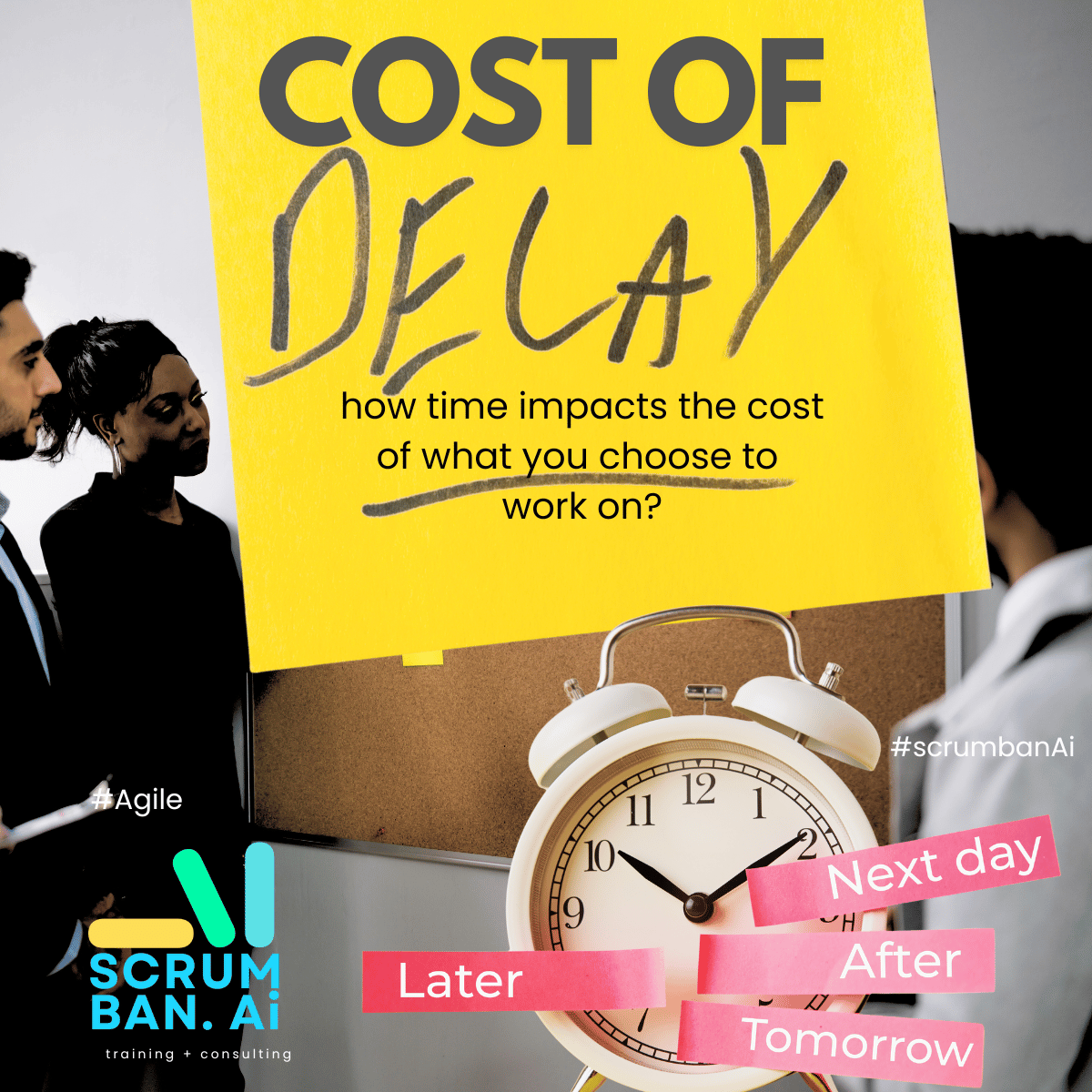
Share This Story!
I remember sitting in a backlog refinement with a scrum master using planning poker to estimate their stories. They spent almost 1 hour and were only able to refine two stories.
Planning poker is an agile user story estimation technique. In my opinion, it is like a training wheel. As teams mature and get better at estimation it becomes more irrelevant and just time wasting.
As an Agile practitioner, you might choose not to use Planning Poker for several reasons:
- Complex or unfamiliar tasks: Planning Poker relies on the team’s ability to accurately estimate effort, which can be difficult and time-consuming especially when dealing with complex or unfamiliar tasks.
- Group Conformity rather than critical evaluation of the work: Planning Poker is a consensus-based technique, which means there’s a risk of team members conforming to the majority opinion rather than critically evaluating the task at hand.
- Focus on Quantity Over Quality: Planning Poker primarily focuses on the quantity of work (i.e., how much can be done in a sprint) rather than the quality or value of the work.
- Overemphasis on Planning: Too much time spent on planning and estimation can detract from actual development work. Embrace change and adapt as it goes, which is a core principle of Agile.
- Inefficiency with Large Backlogs: When the product backlog is large, going through every single item with Planning Poker can be very time-consuming.
- Mature Agile Teams: As teams become more experienced and familiar with the work. It becomes redundant and time wasting to engage in planning poker .
Remember, Agile methodologies are about embracing change and delivering value. If a certain practice like Planning Poker doesn’t work for your team, it’s perfectly fine to adapt your approach and try different techniques that better suit your team’s needs. Agile is all about flexibility and continuous improvement.





